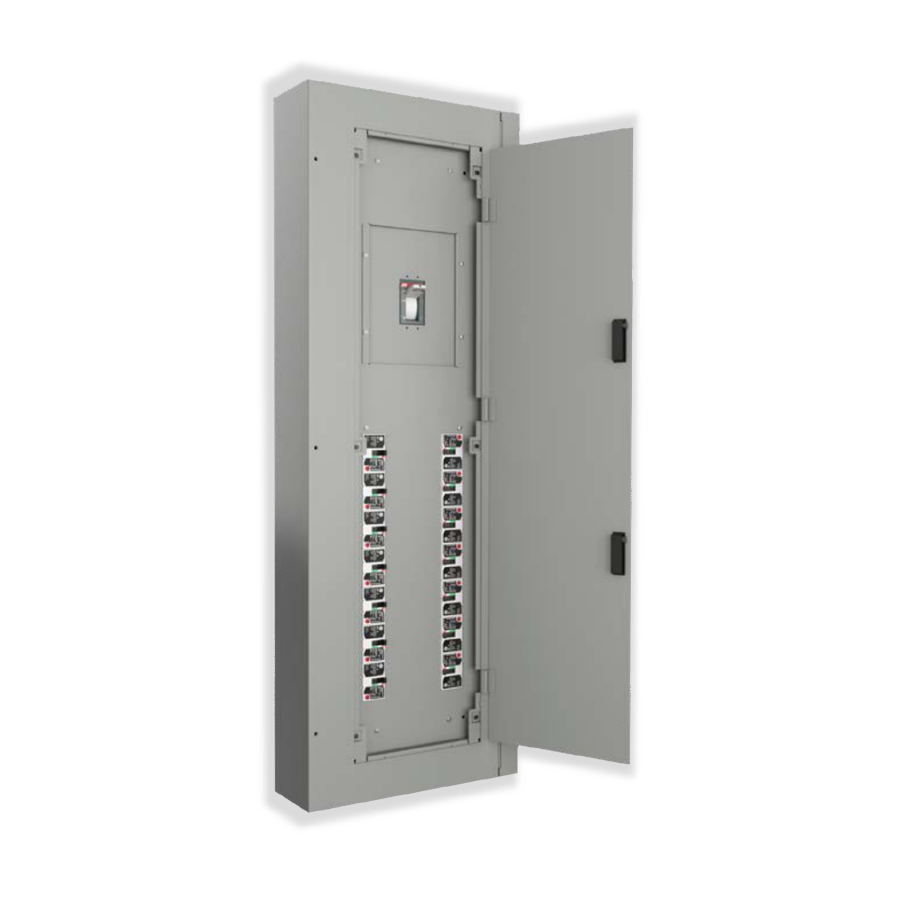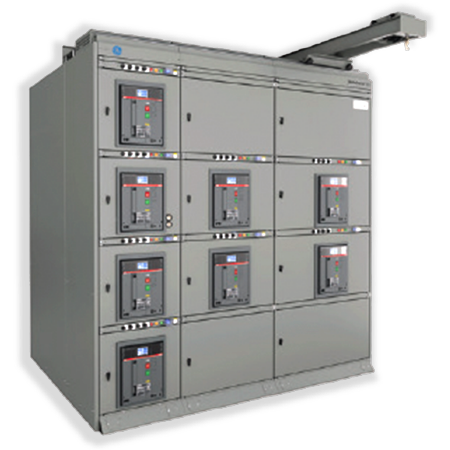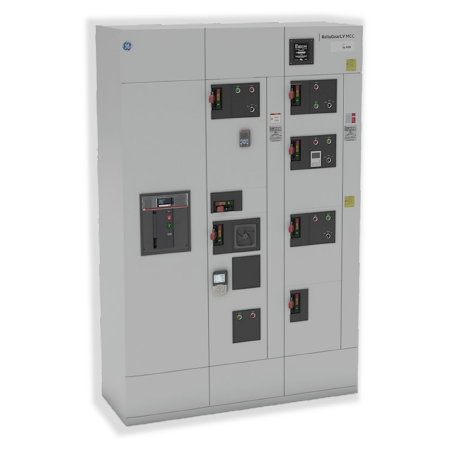
EXECUTIVE SUMMARY
- A standardized estimating sequence increases an estimator’s speed, accuracy, and consistency.
- During the estimate preparation stage, estimators complete a series of foundational tasks.
- Performing takeoffs in a systematic way reduces errors and sets projects up for success.
- The goal of the extension and review phase is to check the estimate for accuracy.
- A complete bid summary is one of the best ways to minimize risk.
- When preparing a bid, estimators must consider labor units and labor adjustments.
- ReliaGearTM smart power distribution products lower installation costs, improve project efficiency, and increase profit.
Context

The Estimating Process in Four Steps
The Estimating Process in Four Steps
This summary provides information on the stages of estimation in order to help estimators to be accurate and efficient.

Key Takeaways
When estimating, accuracy is the goal. The purpose of an estimate is to:
- Allow the contractor to enter into a contractual agreement with confidence.
- Provide a plan that can be used to execute the project profitably.
A standardized estimating sequence helps increase the estimator’s speed, accuracy, and consistency. Other benefits of an estimating sequence include increased confidence in one’s work, higher levels of departmental productivity, better organization, fewer estimating omissions, and greater confidence during bid summarization.
Estimate Preparation
The Takeoff
Extension & Review
Bid Summarization
Estimate Preparation
The Takeoff
Extension & Review
Bid Summarization
Estimate Preparation
The
Takeoff
Extension
& Review
Bid Summarization
Estimate Preparation
The Takeoff
Extension & Review
Bid Summarization
Estimate Preparation
The
Takeoff
Extension
& Review
Bid Summarization
Estimate Preparation
The Takeoff
Extension & Review
Bid Summarization
Step 1: Create a New Project Folder with a New Project
Step 2: Obtain Contract Documents
Step 3: Create an Estimate Number
Step 4: Setup an Estimate Book
Step 5: Place the Pre-Bid Meeting Date and Bid Date/Time on Your Calendar
Step 6: Submit Bonding Request, If Applicable
Step 7: Review the Project for the Time Needed to Create the Estimate
Step 8: Review the Bid Form
Step 9: Review Division 1 of the Specification
Step 10: Discuss Concerns with the Chief Estimator
Step 11: Review Divisions 26, 27, and 28 of the specifications.
A contractor’s work is judged by these documents. The consequences of failing to understand contract requirements are significant.
- Drawings outline the quantity of work and answer “How many?”
- The project manual outlines the quality of the work and answers “How much?”
- The Spec section format is broken into three sections:
1) General – Industry Standards
2) Products – Catalog Numbers
3) Execution – Means of Installation
Contractors must install the right specified products in the right manner. The key in specification review is looking for wiring and system requirements that must be addressed during the execution of the takeoff and included in the bid summary. If you have any question about the intent of specifications or drawings, you must seek clarification. A request for information (RFI) is the estimator’s way of defending his or her estimate and scope with the contract documents.
Step 12: Review Architectural Plans
Step 13: Set Up the Project in the Estimating Program
The extension and review phase occurs after estimators have quantified everything for the project. This typically takes 10% of the estimation time. Computerized estimating software gives estimators control over consolidated takeoff totals and enables them to analyze estimates in real time.
On the extension screen, estimators can review labor percentage totals, determine risks, make adjustments, and mitigate project risks.
A proper review of the extension includes accurate material pricing, labor units adjusted for project conditions, appropriate labor column selected, quoted items identified, and percentage breakdown by systems, labor categories, installation labor factors, and material categories. The proper setup is essential for correct breakdown options. It also enables estimators to analyze, review, and create multiple bid summaries.
Checking the takeoff has five steps.
Step 1: Document Check
Step 2: Takeoff Check
Step 3: Omission Check
Step 4: Errors Check
Step 5: Benchmark Check
Residential/Commercial
Institutional
Industrial/Water Treatment
The products simplify installation and maintenance while promoting a safer work environment.
ReliaGear’s modular equipment is designed for single-person installation. This reduces labor expenses.
flexible, fast.
competitive value.
of protection.

Panelboard

Power
Panelboard

Switchboard

Switchgear

Control Center


Power Panelboard




